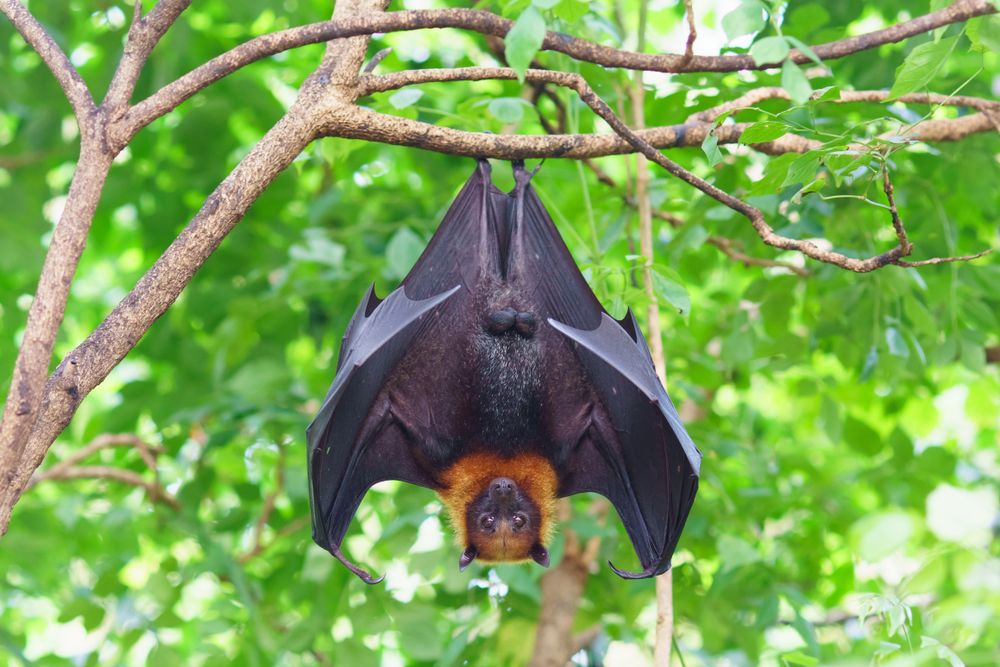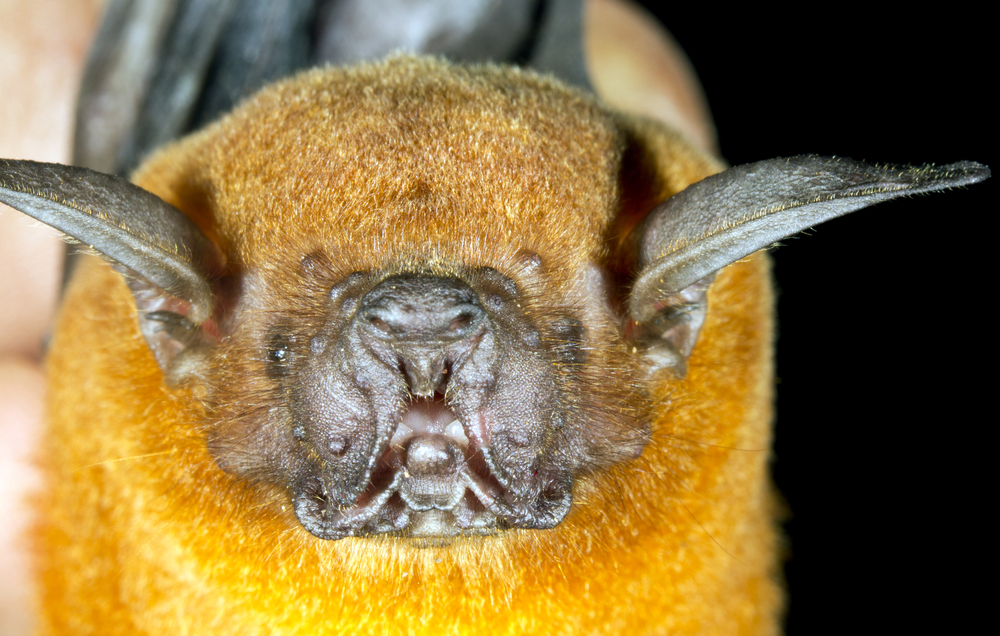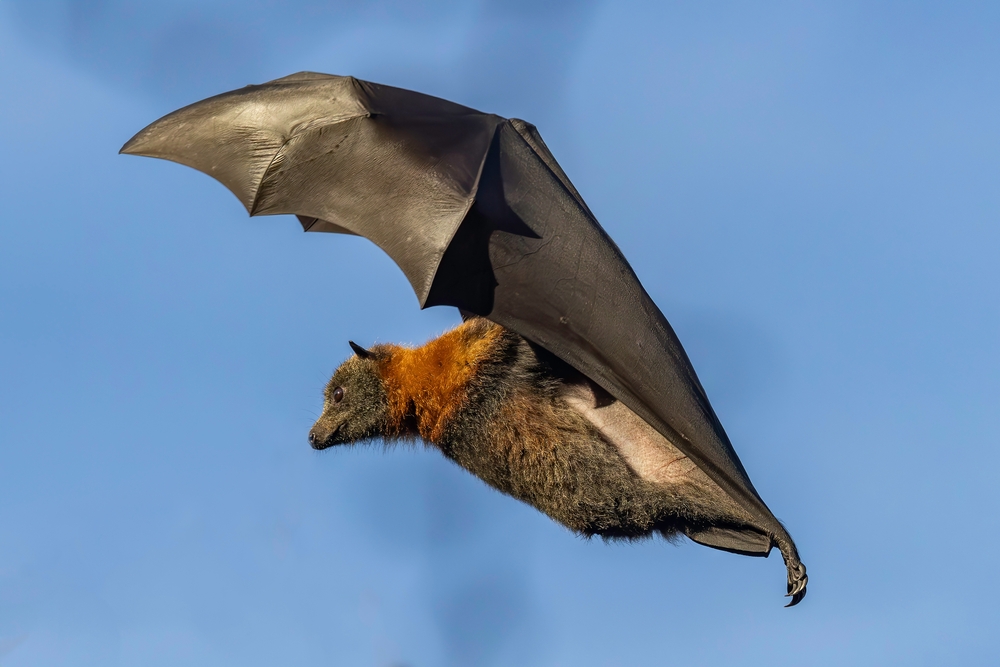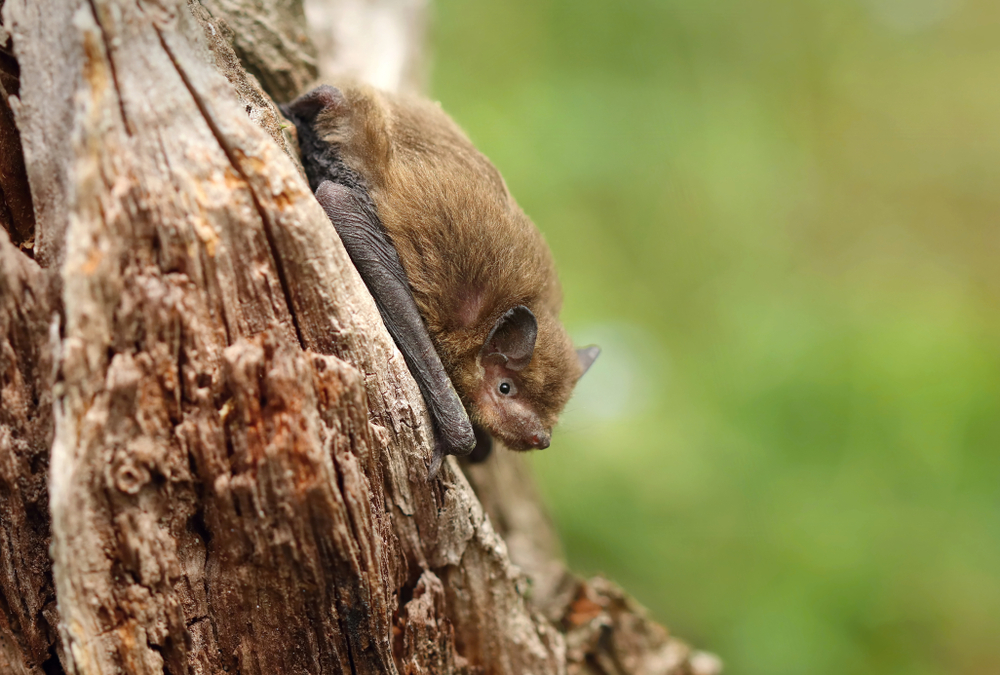About
#Mammals
The Egyptian fruit bat (Rousettus aegyptiacus) is a medium-sized, cave-dwelling bat native to Africa and the Middle East, with populations extending into parts of India and Pakistan. It belongs to the Pteropodidae family—also known as megabats—and is one of the few fruit bats capable of echolocation, which it performs by emitting rapid tongue clicks. This ability allows it to navigate in total darkness, especially within caves and other roosting sites.
Weighing between 80–170 grams (2.8–6 ounces) with a wingspan of about 60 cm (24 inches), the Egyptian fruit bat has a fox-like face, large eyes, and dark brown or grayish fur. Its strong sense of smell and keen eyesight help it locate ripe fruit, especially figs, mangoes, bananas, and dates—making it a vital seed disperser in dry and tropical ecosystems.
These bats are highly social and roost in large, noisy colonies that can number in the thousands. They are nocturnal and emerge at dusk to forage, often traveling several kilometers each night. Their flight is strong and direct, allowing them to cover great distances between feeding sites.
While not currently endangered, Egyptian fruit bats are sometimes persecuted due to their impact on commercial fruit crops. Additionally, they are studied in virology due to their potential role in hosting zoonotic viruses. Nonetheless, they play a crucial ecological role in maintaining plant diversity and forest regeneration.
Resilient, widespread, and ecologically essential, the Egyptian fruit bat is a key species in both natural and human-influenced environments.
Threatened:
Extinct
Critically Endangered
Endangered
Vulnerable
Near Threatened
Least Concern








































































